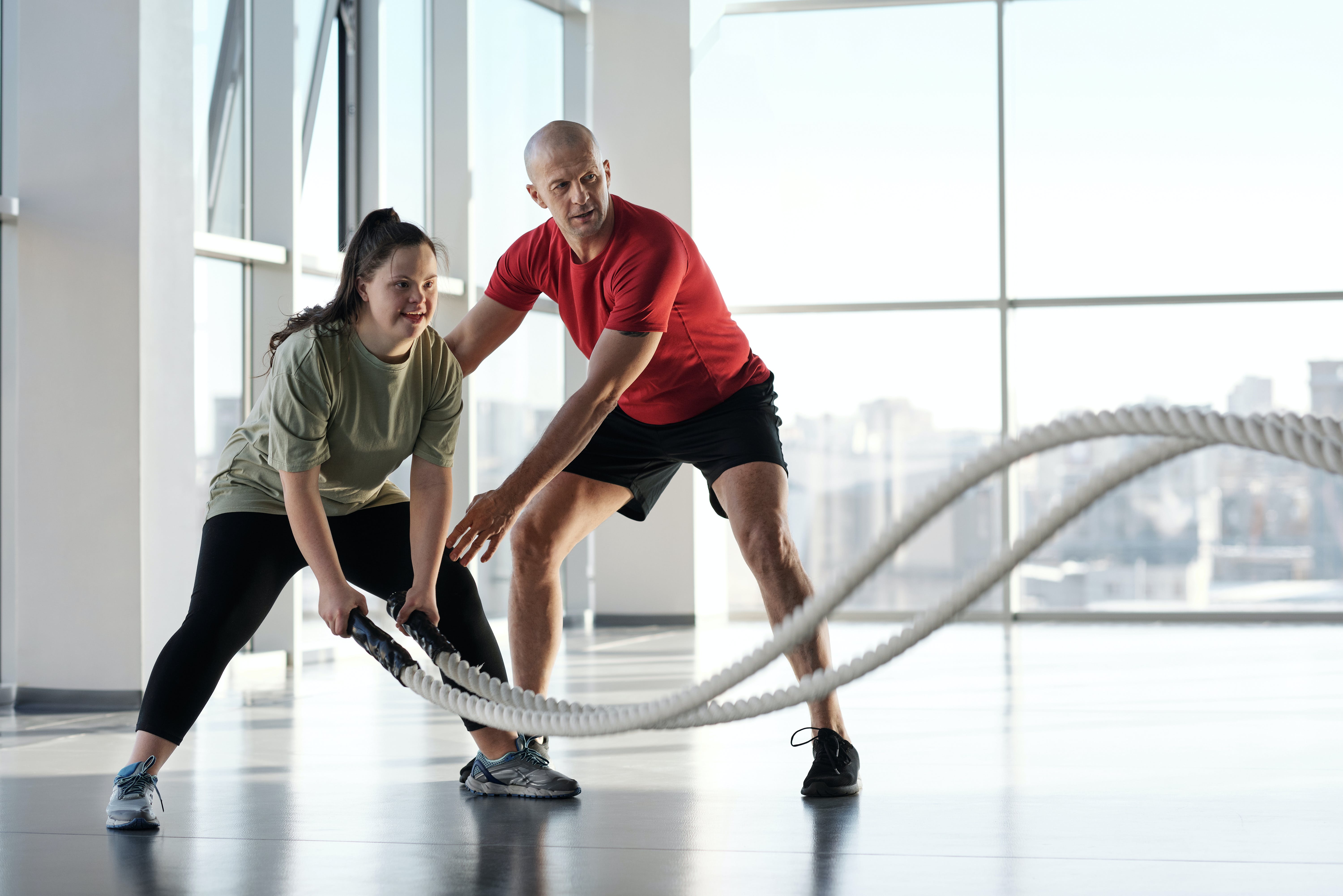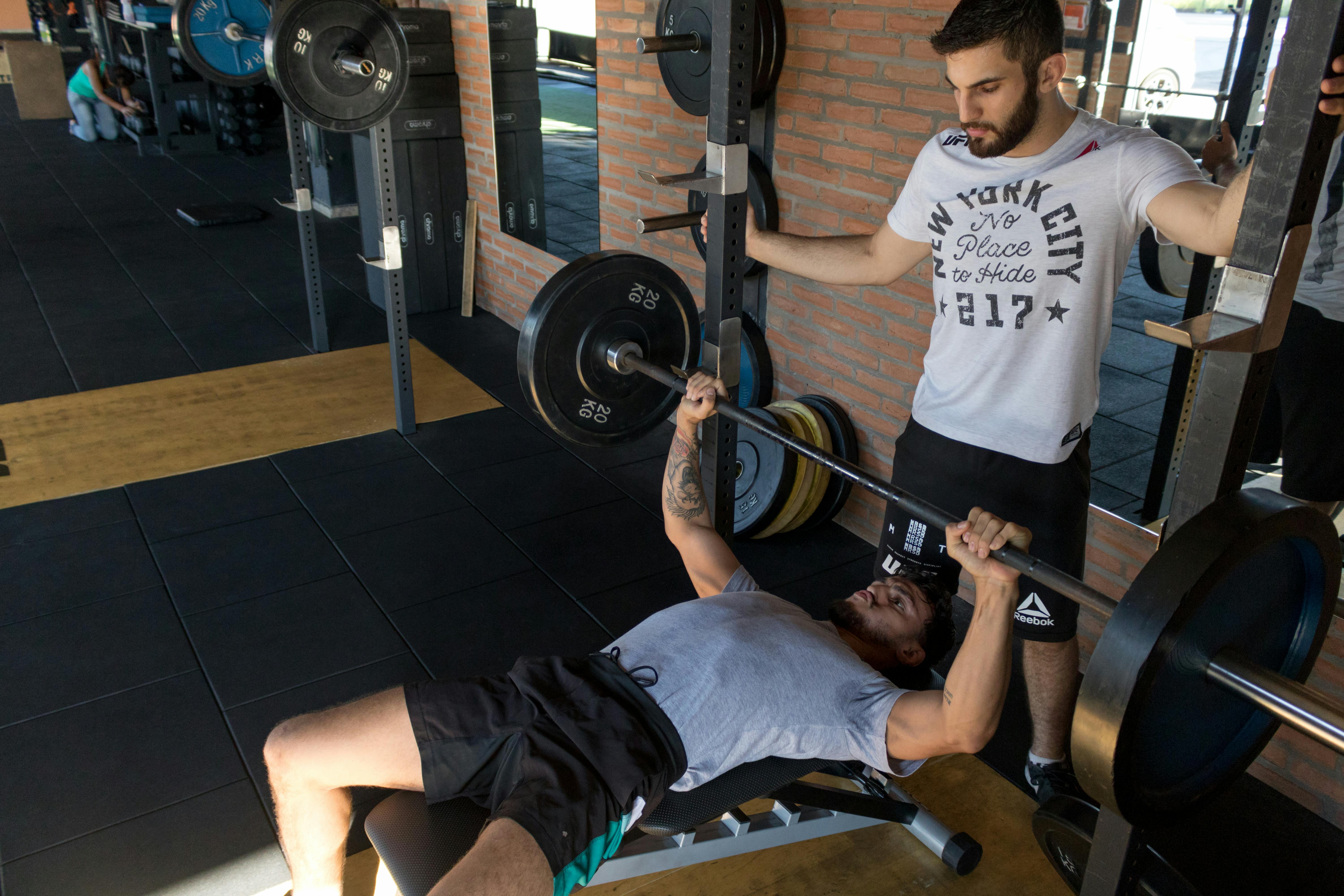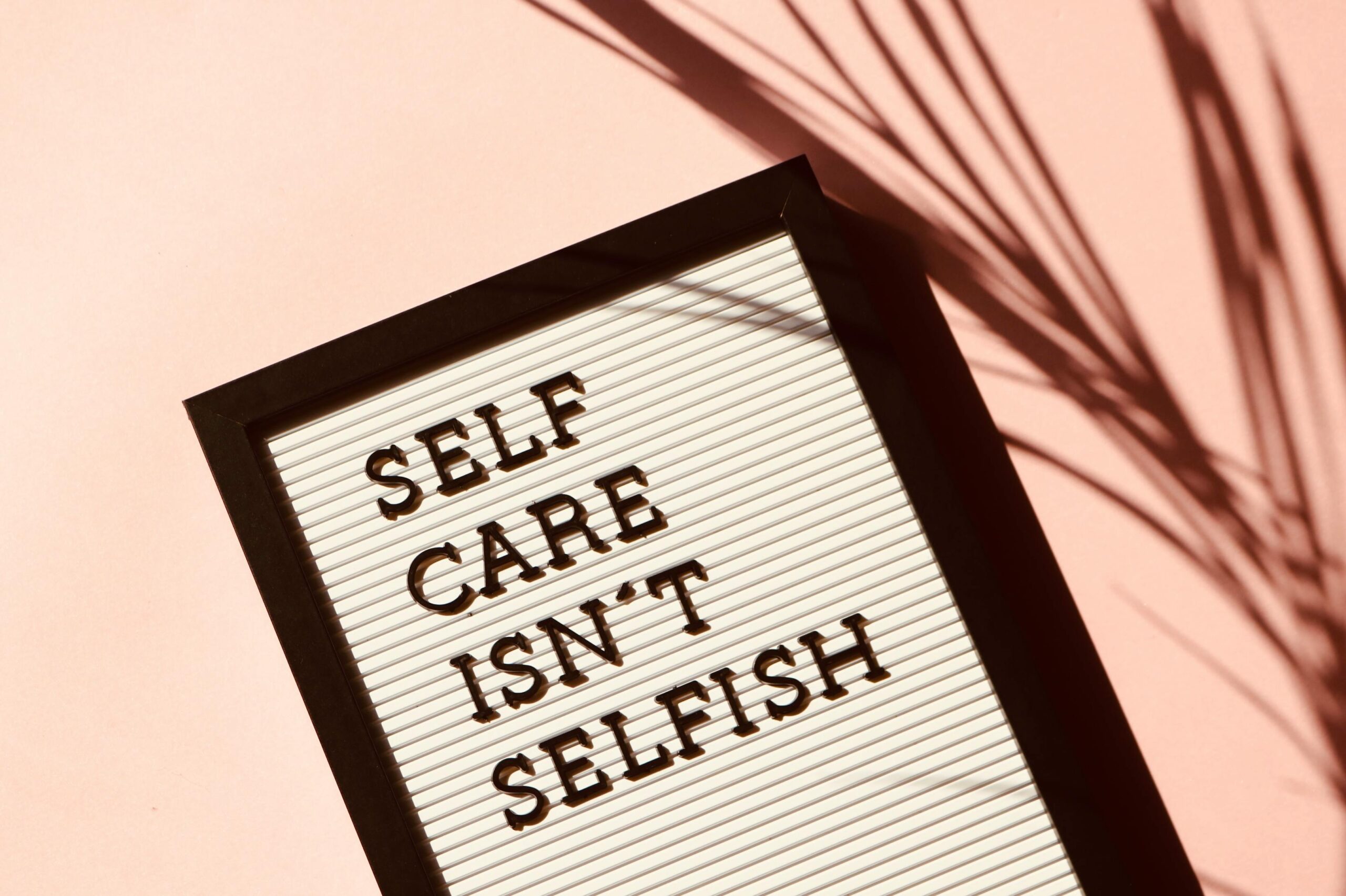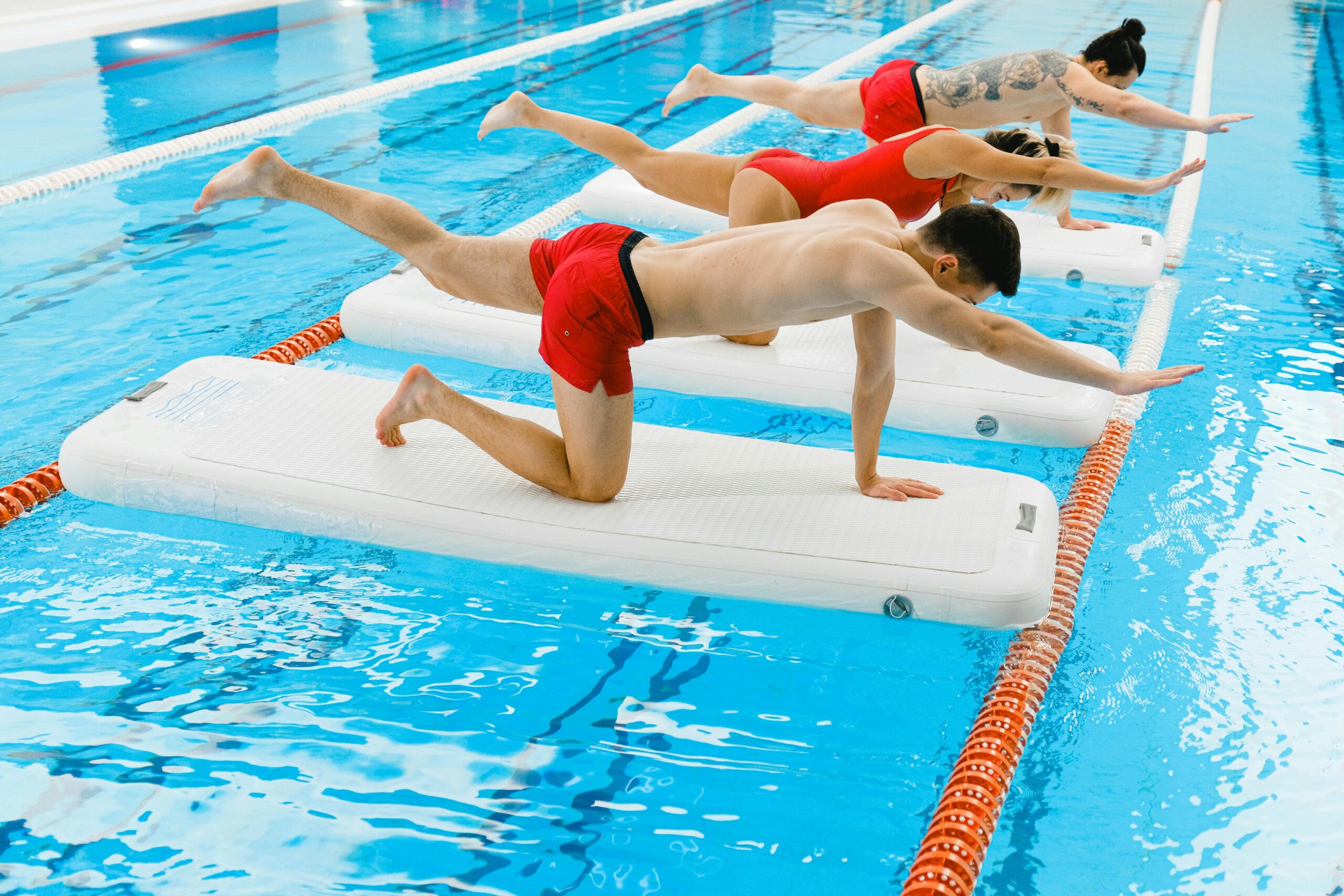The Connection Between Exercise and Weight Loss Explained
Intro
Losing weight is a common goal for many people, and with good reason. Not only does it improve our physical appearance, but it also has numerous health benefits. However, achieving weight loss can often feel like a daunting task, leaving many of us searching for an easy weight loss solution. While there may not be a magic pill or quick fix, the connection between exercise and weight loss is well-documented and can be the key to reaching your goals. In this blog post, we will explore how exercise contributes to weight loss and provide tips on how to incorporate it into your routine for lasting results.

Unravelling the Basics of Weight Loss
Losing weight is a goal that many people strive for, and it’s not hard to understand why. Whether it’s shedding those extra pounds to fit into that new dress or improving overall health and well-being, weight loss is a common desire for many of us. But where do we even begin? How can we unravel the basics of weight loss and set ourselves up for success?
When it comes to weight loss, there are two main factors that need to be addressed: dieting and exercise. While dieting is often seen as the primary method for shedding those pounds, exercise plays a vital role in achieving lasting weight loss.
While it may be tempting to turn to quick fixes or fad diets promising easy weight loss, the truth is that sustainable weight loss requires a comprehensive approach. This means focusing not only on what we eat but also on how we move our bodies. Exercise is a crucial component of any weight loss journey, as it helps to burn calories, build muscle, and increase metabolism.
So, how can exercise help us lose weight? It all comes down to simple math. In order to lose weight, we need to create a calorie deficit, which means burning more calories than we consume. Exercise is a fantastic way to achieve this deficit, as it increases our energy expenditure and allows us to burn off those excess calories. Additionally, exercise helps to build lean muscle mass, which increases our resting metabolic rate and helps us burn more calories even at rest.
When it comes to setting realistic weight loss goals, aiming to lose ten pounds can be a great starting point. Losing ten pounds is an achievable and manageable goal that can make a noticeable difference in both our appearance and overall health. By combining a healthy diet with regular exercise, we can work towards this goal in a sustainable way.
The Vital Role of Exercise in Weight Loss
When it comes to weight loss, exercise plays a vital role in helping us reach our goals. While dieting may be the first thing that comes to mind when we think of shedding pounds, exercise is just as important, if not more so. So, what is the vital role of exercise in weight loss?
First and foremost, exercise is an effective way to burn calories. When we engage in physical activity, our bodies use up energy, which in turn helps us create a calorie deficit. This deficit is essential for weight loss because in order to shed those extra pounds, we need to burn more calories than we consume. Exercise is a fantastic way to achieve this deficit and boost our weight loss efforts.
Additionally, exercise helps to build muscle mass. When we engage in strength training exercises, we stimulate our muscles and promote muscle growth. This increase in lean muscle mass is crucial for weight loss because muscles burn more calories than fat, even at rest. So, the more muscle we have, the more calories we burn throughout the day, even when we’re not actively exercising.
Exercise also plays a vital role in improving our overall health. Regular physical activity has been linked to a reduced risk of chronic diseases such as heart disease, diabetes, and certain types of cancer. It also helps to improve cardiovascular health, strengthen bones, and boost our mood. So, not only does exercise help us lose weight, but it also contributes to our overall well-being.
But what type of exercise should we focus on for weight loss? The good news is that any form of physical activity can contribute to weight loss. Whether it’s walking, running, cycling, dancing, or lifting weights, the key is to find activities that we enjoy and can sustain in the long term. Consistency is key when it comes to exercise and weight loss, so it’s important to choose activities that we genuinely enjoy and can incorporate into our daily routines.
How Different Types of Exercises Affect Weight Loss
When it comes to weight loss, not all exercises are created equal. Different types of exercises can have varying effects on our bodies and how they contribute to weight loss. Understanding these differences can help us choose the right exercises to reach our goals.
Firstly, let’s talk about cardio exercises. Cardiovascular exercises, such as running, swimming, or cycling, are great for burning calories and promoting weight loss. These exercises get our heart rate up, increasing our energy expenditure and helping us create that calorie deficit needed for weight loss. The great thing about cardio exercises is that they can be easily adjusted to our fitness level and preferences. Whether it’s a brisk walk or an intense spin class, the key is to find a form of cardio that we enjoy and can stick to consistently.
Strength training exercises, on the other hand, play a crucial role in weight loss by building lean muscle mass. When we engage in activities like lifting weights or doing bodyweight exercises, we stimulate our muscles and promote muscle growth. As mentioned earlier, muscles burn more calories than fat, even at rest. So, by increasing our muscle mass through strength training, we can boost our metabolism and burn more calories throughout the day. Plus, having more muscle can also help shape and tone our bodies, giving us a leaner appearance as we lose weight.

Incorporating both cardio and strength training into our exercise routine can maximize our weight loss efforts. Cardio exercises help us burn calories, while strength training helps us build muscle and increase our metabolism. Combining the two can create a powerful synergy that accelerates our weight loss results. It’s important to note that we don’t have to spend hours at the gym to reap the benefits of both types of exercises. Short, intense workouts or circuit training can be just as effective, if not more so, than long, steady-state cardio sessions.
In addition to cardio and strength training, incorporating flexibility exercises, such as yoga or Pilates, can also aid in weight loss. These exercises improve our overall flexibility, balance, and posture, helping us move better and prevent injuries. They can also be a great way to relieve stress and improve our mental well-being, which can indirectly contribute to weight loss by reducing emotional eating or cravings.
Ultimately, the key to effective weight loss through exercise is to find a balance that works for our individual needs and preferences. A combination of cardio, strength training, and flexibility exercises can help us achieve our goals. It’s important to consult with a healthcare professional or fitness expert to create a personalized exercise plan that suits our specific needs and ensures safe and sustainable weight loss.
Debunking Common Myths Around Exercise and Weight Loss
Many myths surround the connection between exercise and weight loss. Let’s take a moment to debunk some of these common misconceptions and set the record straight.
Myth 1: You have to spend hours at the gym to see results.
Reality: While consistent exercise is important, the key is quality over quantity. You don’t need to spend hours at the gym every day to lose weight. Short, intense workouts can be just as effective, if not more so, than long, steady-state cardio sessions. High-intensity interval training (HIIT) is a great example of a time-efficient workout that can help you burn calories and shed pounds in less time.
Myth 2: You can spot-reduce fat.
Reality: Many people believe that doing specific exercises targeting certain body parts will reduce fat in those areas. However, spot reduction is a myth. When you lose weight, you cannot control where the fat comes off. Your body will naturally shed fat from all over, not just the areas you focus on. The best approach is to engage in full-body exercises and focus on overall weight loss.
Myth 3: More exercise means faster weight loss.
Reality: While exercise is an important component of weight loss, it’s not the only factor. Your diet and overall lifestyle choices also play a significant role. It’s true that exercising more can lead to increased calorie burn, but if you’re not mindful of your food intake, you may not see the desired results. Remember, weight loss is a combination of diet and exercise.
Myth 4: You have to sweat a lot to burn fat.
Reality: Sweating doesn’t necessarily indicate fat loss. Sweating is your body’s way of cooling down and regulating body temperature. It doesn’t directly correlate to burning fat. You can still burn calories and lose weight through low-impact exercises that may not make you sweat as much. Focus on consistent, calorie-burning activities rather than solely relying on sweating as a measure of success.
Myth 5: Easy weight loss is possible with exercise alone.
Reality: While exercise is crucial for weight loss, it’s not a standalone solution. To lose weight and keep it off, a holistic approach is necessary. This includes combining regular exercise with a balanced and nutritious diet. Remember, losing weight is a long-term commitment that requires lifestyle changes. Quick fixes or relying solely on exercise won’t lead to sustainable results.
Essential Tips for Effective Weight Loss Through Exercise
To maximize the benefits of exercise for weight loss, it’s important to approach it in a strategic and mindful way. Here are some essential tips to help you achieve effective weight loss through exercise.
- Set realistic goals: Instead of aiming for a drastic weight loss, start by setting small, achievable goals. Losing ten pounds is a great starting point that can make a noticeable difference in your appearance and overall health. By focusing on a realistic target, you can stay motivated and celebrate your progress along the way.
- Find activities you enjoy: The key to sticking to an exercise routine is finding activities that you genuinely enjoy. Whether it’s dancing, hiking, swimming, or playing a sport, choose activities that make you excited to move your body. When you enjoy what you’re doing, exercise becomes less of a chore and more of a fun way to stay active.
- Mix up your workouts: Don’t be afraid to try new exercises and switch up your routine. Incorporate a variety of cardio, strength training, and flexibility exercises to challenge your body and prevent boredom. Mixing up your workouts also helps to prevent plateauing and keeps your muscles guessing, which can boost your weight loss efforts.
- Prioritize consistency: Consistency is key when it comes to exercise and weight loss. Make it a habit to move your body regularly, even if it’s for short periods of time. Aim for at least 150 minutes of moderate-intensity aerobic exercise or 75 minutes of vigorous-intensity exercise per week. Breaking it down into smaller sessions throughout the week can make it more manageable and easier to stick to.
- Listen to your body: Pay attention to how your body feels during and after exercise. It’s normal to feel some muscle soreness, but if you experience pain or discomfort, it’s important to listen to your body and adjust your workouts accordingly. Rest and recovery are just as important as exercise itself, so make sure to give your body the time it needs to repair and recharge.
- Fuel your body properly: Exercise and nutrition go hand in hand when it comes to weight loss. Make sure to fuel your body with a balanced and nutritious diet to support your exercise routine. Eat plenty of fruits, vegetables, lean proteins, whole grains, and healthy fats to provide your body with the energy it needs to perform at its best.
- Stay hydrated: Drinking enough water is crucial for weight loss and overall health. Water helps to keep your body hydrated, supports digestion, and can even help curb cravings. Aim to drink at least eight cups of water per day, and more if you’re exercising or in a hot environment.
Remember, effective weight loss through exercise is a journey, not a destination.





